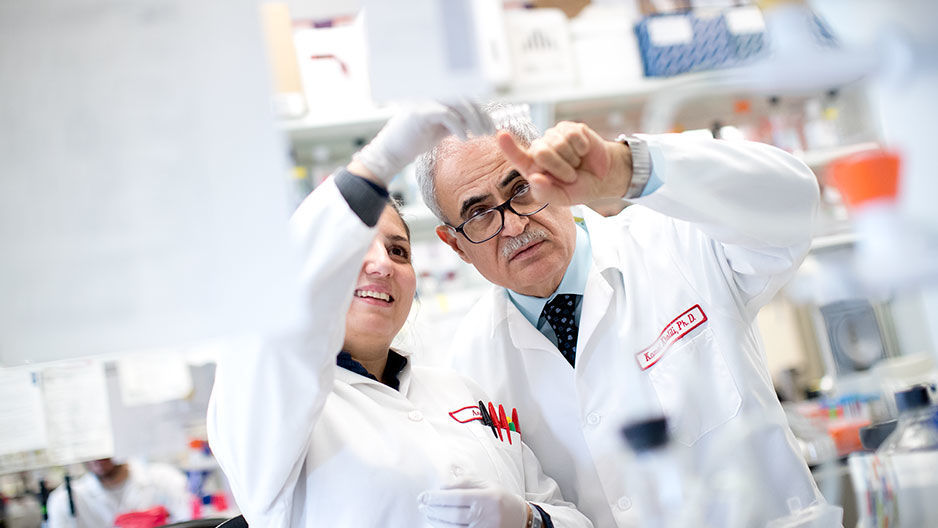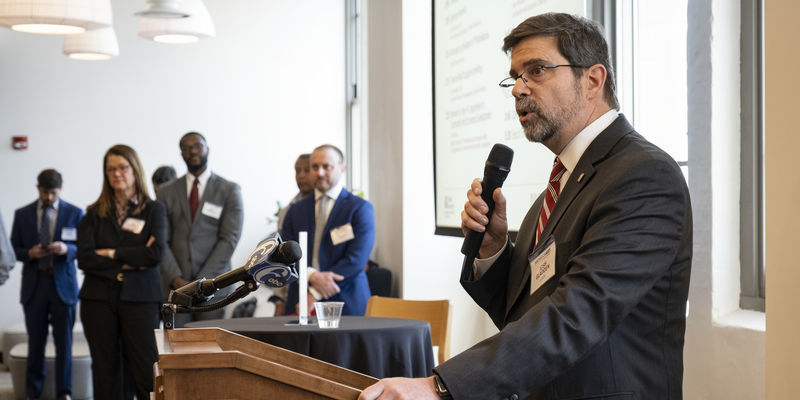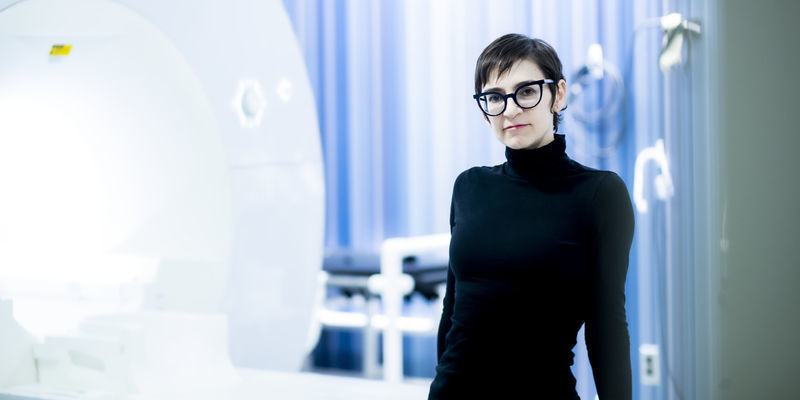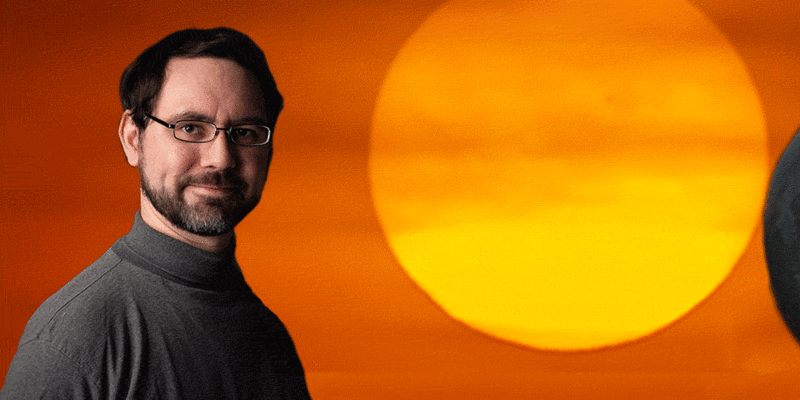Temple earns top 100 ranking for patents awarded
The ranking underscores the university’s commitment to benefiting society by bringing new discoveries and inventions into the marketplace.

A noninvasive, portable tactile imaging sensor that can aid doctors when they feel an abnormality while doing physical exams on patients by detecting the size and shape of a lesion or tumor and potentially screen for breast cancer.
Gene-editing technology for the treatment of patients with HIV and other viral infections such as JCV.
A minimally invasive metal detector that can help surgeons locate and retrieve surgical needles and other broken fragments or metallic objects in the body during surgery.
These are just a few of the 22 inventions by Temple researchers awarded patents in 2022.
It’s a number that led to the university’s highest-ever placement on the National Academy of Inventors’ Top 100 U.S. Universities List at 75, released late last year.
The Top 100 U.S. Universities List is an annual ranking created to highlight and celebrate U.S. universities that play a large role in advancing innovation and invention in the United States.
“These rankings reflect the significance of the research enterprise at Temple, as well as the entrepreneurial spirit of our researchers,” said Vice President for Research Josh Gladden. “Every day, our world-class faculty are making new discoveries and creating new intellectual property with the possibility of creating new products and companies right here in Philadelphia.”
But the patent ranking only tells part of the story.
Of the 22 patents issued in the year 2022, 13 have been licensed. This means that more than half of the patents issued in 2022 are being actively commercialized, ranging from the preclinical or product development phase to being already launched in the market.
It’s an impressive statistic and it demonstrates the strength and quality of research happening at Temple. It also reflects the effectiveness of the commercialization operation at the university.
“At Temple, we are striving to build a culture of innovation and commercialization. These patents, and their rate of commercialization, are an excellent indicator of the strength of our entrepreneurial activity,” said Steve Nappi, associate vice president for technology commercialization and business development. “What these numbers show is that Temple is among the best in the world at developing world-class research and delivering it to the marketplace.”
Patents are rights granted by the government for a novel solution, creation or process. Securing a patent can take up to three to five years and sometimes even longer. Temple’s Office of Technology Commercialization and Business Development (OTCBD) under the Office of Vice President for Research (OVPR) helps researchers navigate the application process. As soon as the patent application is filed, researchers can get started with development because they can assume they have protection. And products may even be marketed with patent-pending language.
For each invention by Temple researchers that the university elects to pursue, the OTCBD team works with external patent counsel to determine the most appropriate intellectual property protection—such as patents and copyrights—and commercialization strategy. This can include licensing the product or technology to an existing company or creating a spinout startup company.
“When a novel idea or invention is disclosed to our office, our innovation managers work with the researchers to strategize for commercialization and protection and file for patents, copyrights or trademarks. We look at: Is it patentable or protectable? Should this be patented or protected? Is there a potential for commercialization?” said Niraj Muni, director of commercialization operations. “Intellectual property protection is important to encourage further innovation. At Temple, we support innovation for public benefit; we don’t want ideas just sitting on a shelf.”
Temple currently has $301 million in externally sponsored research funding. Supporting innovation with federal funds comes with an obligation to commercialize the developments for public benefit, explained Muni.
“If rights cannot be reserved—meaning without patent protection—the product can’t make money, so the question becomes, ‘Why would a company choose to develop something that costs so much if they can’t get return on their investments?’” Muni added. “If research is paid for with a federal grant, then taxpayers’ money is wasted if the product can’t be developed and launched in the market.”
The OVPR team aims to help faculty inventors from the beginning to the end of the commercialization process. It’s a team that recently opened the Innovation Nest (iNest) to strategically support inventors and spinout companies at the earliest stages—with 16 companies formed in the last five years and 28 that are currently active.
All of this leads to an increase in revenue to the university through royalties in addition to R&D funding to advance Temple discoveries. In the past five years, Temple’s startup portfolio has raised more than $257 million and supported $14 million in research funding during the same period.
“When we can advance a product or technology to the marketplace, that’s when we see the benefit to society,” said Nappi. “That’s our ultimate goal.”


